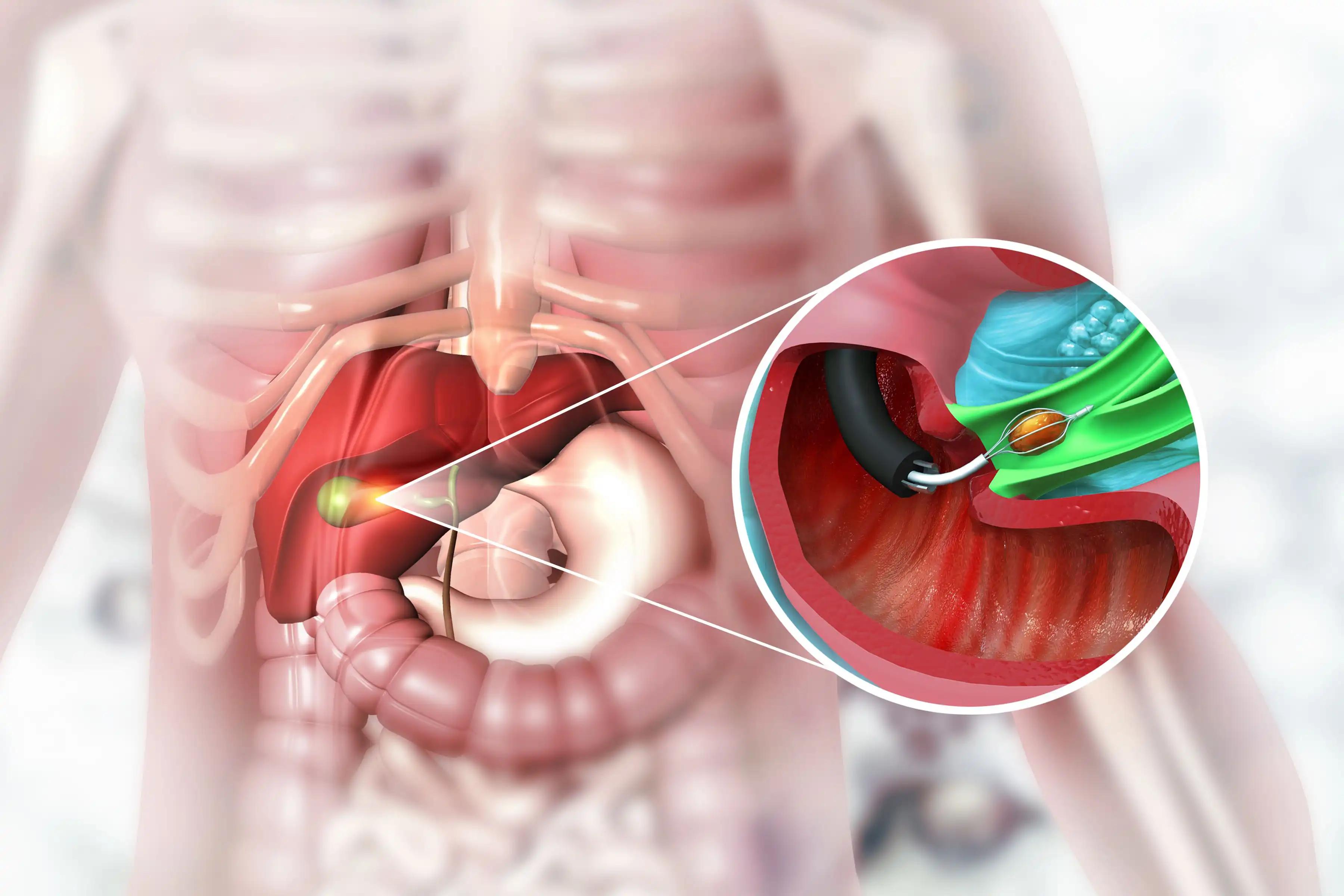KEY TAKEAWAYS
- The CheckMate901 phase 3 trial aimed to assess NIVO with GC or GC alone in patients with untreated mUC and characterize treatment responders.
- The primary endpoints were OS and PFS.
- The study concluded that NIVO+GC offers significant OS/PFS improvements over GC alone, establishing a new SOC for mUC.
Decades have passed without any enhancements to the first-line standard of care (SOC) for unresectable/metastatic urothelial carcinoma (mUC) with cisplatin-based chemotherapy.
Guru Sonpavde and the team aimed to present the results from CheckMate 901. The study examined the efficacy of nivolumab (NIVO) in combination with gemcitabine-cisplatin (GC) or GC alone in previously untreated patients with mUC and provided additional insights into the characteristics of patients who responded to treatment.
The study, CheckMate 901 (NCT03036098), was a global, open-label, randomized phase 3 trial involving individuals with mUC. Participants were administered either NIVO 360 mg in combination with GC every 3 weeks for up to 6 cycles, followed by NIVO 480 mg every 4 weeks until disease progression or unacceptable toxicity or up to a maximum of 2 years, or GC alone every 3 weeks for up to 6 cycles. Stratification factors included programmed death ligand 1 status and liver metastasis.
The primary endpoints, overall survival (OS) and progression-free survival (PFS) were assessed by blinded independent central review (BICR). The objective response rate (ORR) per BICR was also explored as an endpoint. Further exploratory analyses were planned for baseline characteristics, treatment exposure, duration of response, and safety in the subgroup of participants who responded to treatment.
The results revealed that, with a median follow-up of 33.6 months, both OS (HR, 0.78; 95% CI, 0.63–0.96; P=0.0171) and PFS (HR, 0.72; 95% CI, 0.59–0.88; P=0.0012) were significantly enhanced with NIVO plus GC compared to GC alone. ORR and CR rates were 57.6% and 21.7% with NIVO+GC versus 43.1% and 11.8% with GC, respectively.
The median duration of CR was notably longer with NIVO+GC ([95% CI, 37.1 (18.1–not estimable) months]) compared to GC (95% CI, 13.2 (7.3–18.4) months). Grade ≥3 treatment-related adverse events were observed in 61.8% of patients in the NIVO+GC arm and 51.7% of patients in the GC arm. Additional data characterizing patients who responded to treatment will be presented.
The study concluded that NIVO combined with GC showed statistically significant and clinically meaningful enhancements in OS and PFS compared to GC alone as first-line mUC treatment. Additionally, no new toxicity signals were observed.
This marked the first instance of a frontline concurrent checkpoint inhibitor and chemotherapy combination to improve OS in this context. These findings support the adoption of NIVO plus cisplatin-based chemotherapy as a new SOC for individuals with mUC.
The trial was sponsored by Bristol-Myers Squibb.
Source: https://www.auajournals.org/doi/10.1097/01.JU.0001008768.36634.79.11
Clinical Trial: https://clinicaltrials.gov/study/NCT03036098
Sonpavde G, van der Heijden MS, Powles T, et al. (2024). “NIVOLUMAB PLUS GEMCITABINE-CISPLATIN VERSUS GEMCITABINE-CISPLATIN ALONE IN PATIENTS WITH PREVIOUSLY UNTREATED UNRESECTABLE OR METASTATIC UROTHELIAL CARCINOMA: RESULTS OF ANALYSES TO CHARACTERIZE BENEFIT IN RESPONDERS FROM THE PHASE 3 CHECKMATE 901 TRIAL.” Presented at AUA 2024. https://doi.org/10.1097/01.JU.0001008768.36634.79.11 (PD34-11)



